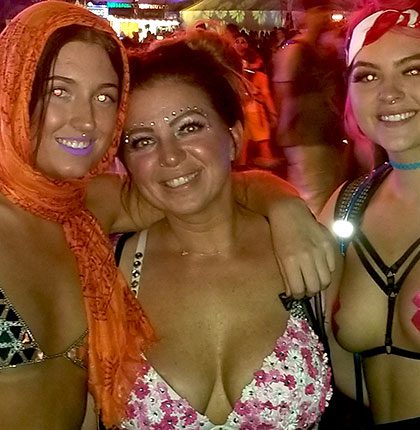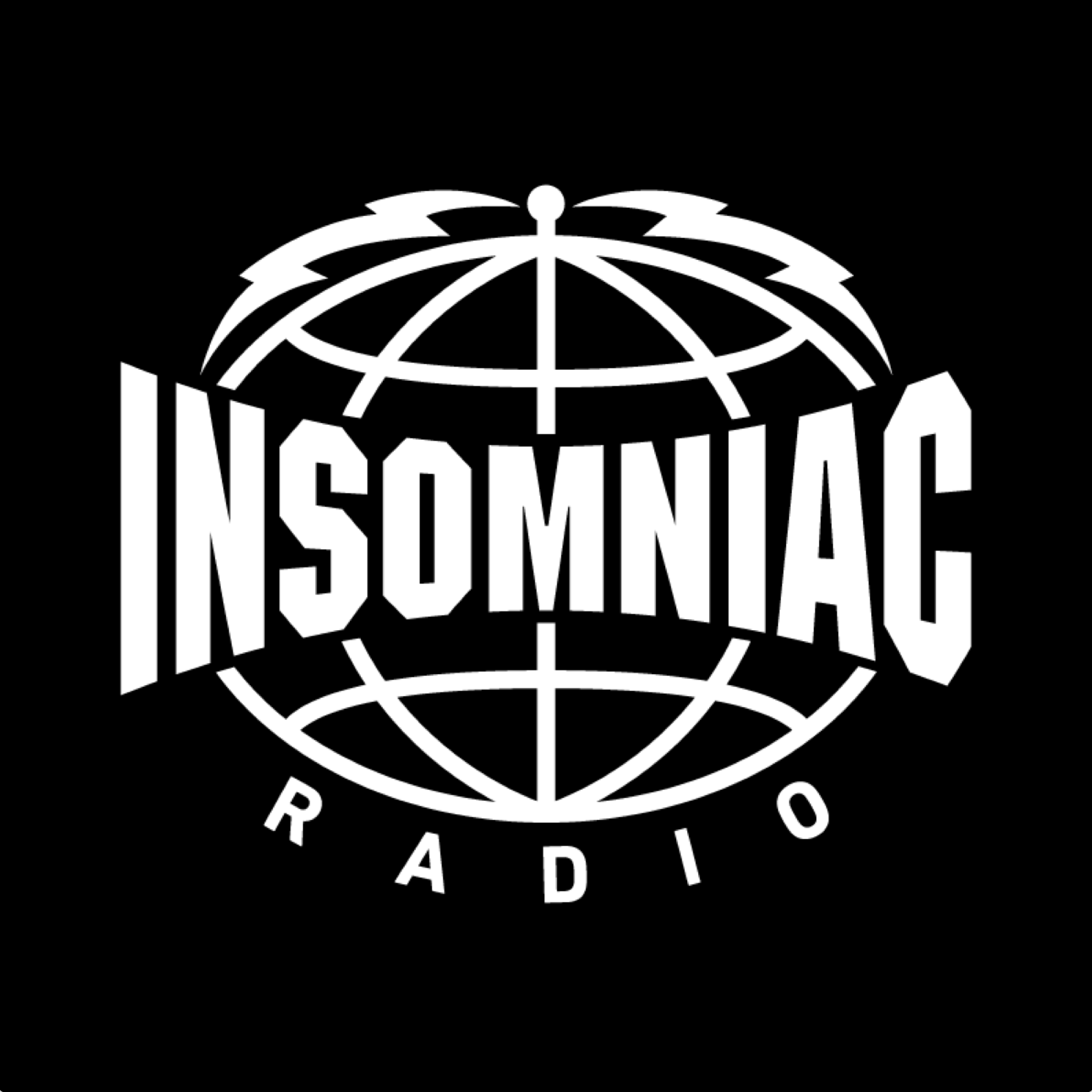Adapt and Overcome: A Day in the Life of an Insomniac Stage Manager
It is 11:45 on a chilly Saturday night in March, and Harry Bellord is escorting four women—wearing not much more than silver boots, panties, purple bras and huge feather headpieces—onto the Cheshire Woods stage at Beyond Wonderland SoCal. An ever-enthusiastic Carl Cox is presiding over the decks, and thousands of fans are packed into the tent to hear him play.
“It’s not a job for the fainthearted.”
Being onstage with a posse of beautiful women and one of the most famous DJs in the world may, for many, seem like a fantasy premise. But while the job can be exhilarating, for Bellord and the men who make up Insomniac’s crew of stage managers, this sought-after position is just another day at one of the world’s more unusual offices.

Essentially, the role of a stage manager is to ensure that everything on his assigned stage runs smoothly, from the time the doors open until the last confetti cannons have gone off. Fundamental to this task is making sure the equipment on each DJ’s technical rider—from mixers to CDJs to live instruments and even more complicated setups—is onstage and ready to make music when the DJ arrives. At a show with a massive lineup, like EDC Las Vegas, this means each manager looks after the equipment of dozens of artists. To assist, each stage also has a DJ technician on hand to be sure all the cords, cables, dials, wires and buttons are set up and ready to make music.
Tonight at Beyond, Adam Beyer played before Cox. When it was time for the two DJs to transition, Bellord and his DJ tech simply slid Beyer’s setup down a long table and moved Cox’s rig to the middle. “There’s really not a lot to it,” Bellord says afterward, with a laugh.
“There are 20-hour days and the disconnection from friends and family, but then you create this new family with everyone you work with.”
Of course, it’s not quite so simple. At EDC Las Vegas, each manager is onsite at the Speedway for weeks, from the time the first truck rolls up to start building the stage, until the stage comes down and the last truck drives away. “There are 20-hour days and the disconnection from friends and family while you’re onsite somewhere in the world,” says Brian Yablonsky, who has managed stages at EDC since 2010 and also managed the mainstage at Coachella this year, “but then you create this new family with everyone you work with.”

Unlike film or television, the festival world offers no do-overs or second takes. When doors open and Headliners begin streaming in, each stage must be ready.
“It’s not a job for the fainthearted,” says Ian Gotts, Insomniac’s Head of Stage Production and the man responsible for hiring each stage manager at EDC and all other Insomniac festivals. “You’ve got to be pretty thick-skinned, be able to deal with pressure, and at the same time be a diplomat.”
Indeed, it takes a certain personality type to be technically precise while also enforcing the rules, keeping artists and their teams happy and dealing with the unforeseeable issues that arise during shows. “There are times when things do go wrong,” Gotts says, “and a good stage manager keeps a cool head when everyone else is losing theirs.”

At EDC Las Vegas 2012, for example, the festival’s eight stage managers were the ones who announced that the show was shutting down for the night due to high winds. Last year at EDC, a stage manager had to tell Eric Prydz that he couldn’t use his new, very expensive lasers, as the nearby Air Force base was doing flight training and needed the air space clear. When a DJ is running late, the stage manager must come up with a way to keep the music going, typically by asking whoever is onstage to extend their set. Gotts once even had his DJ technician take over on the decks to kill time. Stage managers also have to tell some DJ entourage members that they’re not allowed onstage, or that certain items on a DJ’s technical rider cannot be delivered. One night, Bellord fell off the kineticFIELD stage, got up and kept right on working, despite having sustained a serious injury to his knee.
“There are times when things get a bit hairy,” Gotts says, “and there’s a lot of pressure.”
Back at Beyond, Bellord is walking from one stage to another, escorting people on and off, ensuring that no one is there who isn’t supposed to be, and generally keeping the environment as calm and smooth as one can, while thousands of people scream and dance just a few feet away.
He wears jeans, Nikes and a headset walkie-talkie. He’s got thick muttonchops and a similarly thick English accent. He sets the timer on his phone to an hour and 30 minutes and every so often flashes the screen toward Cox to let him know how much time is left.
Bellord also manages stages at other festivals, including the Sahara Tent at Coachella. Gotts has met most of the guys he hires through the festival circuit. “I rely totally on my stage managers,” he says. “Our shows run because they’re excellent at what they do.” Yablonsky notes that of all of the festival merchandise he has accumulated through working at shows around the world, it is his Insomniac hoodie that elicits the most appreciative reactions from strangers.
And while stage managing is an exhausting and often challenging role, a major job perk is the adrenaline rush not typically available at a standard nine-to-five. EDC is an especially profound thrill, given the massive size of the event.
“It’s an incredible feeling,” says Gotts, “when you’re looking out at front-of-house and you see 60,000 people having a fantastic time, and everything you’ve worked toward is running smoothly.”
“If my radio is quiet,” Gotts says about hearing from his team during the show, “that’s a good thing.”





